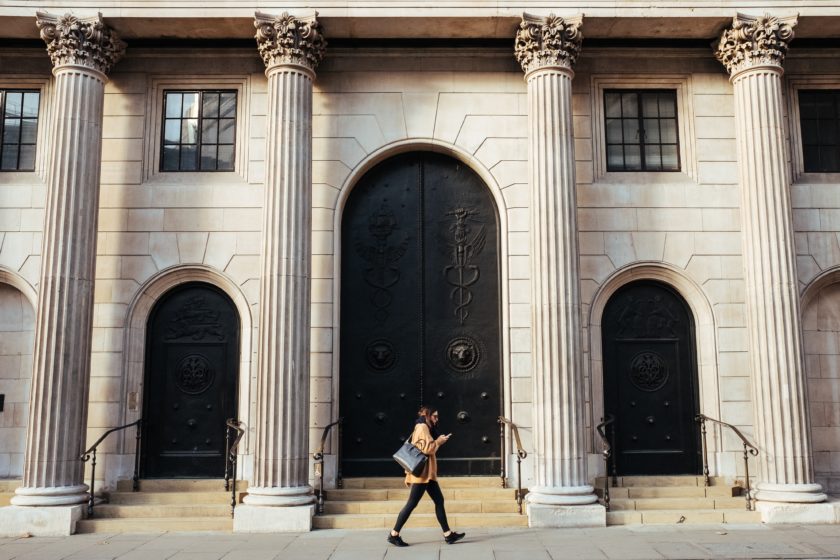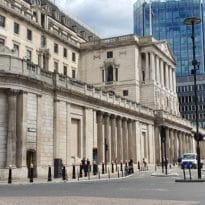The Bank of England has raised interest rates by a further 0.25%, its second consecutive increase, in a bid to stem the rising cost of living, with further hikes indicated, a hawkish move some say will create uncertainty and volatility in the markets.
With inflation currently sitting at its highest rate for almost three decades and predicted to reach 7.25% this summer, partly fuelled by the new energy price cap from April, the cost of living is expected to climb faster than pay, placing household finances under greater pressure.
The Monetary Policy Committee voted by a majority of 5-4 to increase the rate to 0.5%. However, those in the minority wanted to increase the rate by 0.5% to 0.75%.
The more hawkish stance demonstrated by some members had taken the markets by surprise, experts said.
Luke Bartholomew, senior economist at abrdn, commented: “The decision to increase rates by 0.25% today was widely expected by markets, but the fact that four members of the Monetary Policy Committee voted for a 0.5% increase will come as a shock to many.
“Investors and households have got used to quite gradual increases in the level of rates, so the fact that so many policy makers thought a large increase was appropriate today will put markets at notice that more sudden shifts in policy are possible, which will increase uncertainty and volatility. It is also a sign of how concerned the Bank is about the inflation environment.
“With the announcement today from Ofgem of raising energy prices, inflation will continue to move higher until at least April this year, squeezing household incomes. There is nothing the BoE can do about this short-term inflation pressure, but by demonstrating its inflation fighting intent, the Bank is hoping to keep future inflation expectations anchored through this period of high inflation.”
Derrick Dunne, chief executive of YOU Asset Management, said: “The real story is that four of the Monetary Policy Committee’s nine members voted for a sharper hike of 50 basis points to 0.75%. That more hawkish attitude has somewhat taken markets by surprise, and they are now pricing in a rate of 1% in May – one month sooner than previously expected.
“For now, inflation will continue rising and is still not predicted to peak until the Spring, but the Bank is by no means sitting idly by, and investors should prepare for more where this came from.”
The Bank of England also voted unanimously to reduce the stock of UK government bond purchases and decrease the stock of sterling non-financial investment grade corporate bond purchases.
Russell Silberston, strategist at Ninety One, commented: “With the Bank of England having adopted a tightening bias last summer, today’s increase was well flagged and fully discounted by markets, although the dissent by four members of the MPC who preferred a 50bps hike was a real hawkish twist. The Bank’s decision to begin the process of shrinking their balance sheet, on the other hand, is a step into the unknown.
“The Bank had guided that this process would start when Bank Rate reaches 0.5%. Today makes the start of that process, with the Bank now allowing gilts to mature over the next two years and actively selling down its £20bn corporate bond holdings.”
Silberston said the impact upon financial conditions as the Bank withdraws liquidity remains “highly uncertain”.
Silberston added: “The only major central bank to have recently attempted this was the Federal Reserve in 2018-2019, who were forced to reverse course as demand for highly liquid bank reserves proved far higher than they expected.
“The Bank’s actions therefore warrant close attention. Whilst we believe the Bank of England is the most hawkish major central bank, with market’s pricing in another 100bps of hikes over the next two years, this, coupled with ongoing quantitative tightening, will take monetary policy somewhere it hasn’t been since before the Global Financial Crisis.”



























